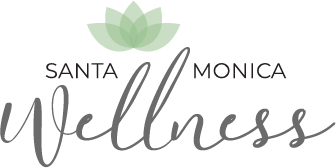 Herbal Medicine is the use of a plant’s various parts, such as berries, roots, leaves, bark, or flowers for medicinal purposes. Long practiced outside of conventional medicine, herbalism is becoming integrated as more research points to the value in prevention and treatment of many health concerns.
Herbal Medicine is the use of a plant’s various parts, such as berries, roots, leaves, bark, or flowers for medicinal purposes. Long practiced outside of conventional medicine, herbalism is becoming integrated as more research points to the value in prevention and treatment of many health concerns.
Plants have been recognized for their healing properties long before recorded history. Ancient Chinese and Egyptian papyrus writings detail uses of medicinal plants. Native American and African cultures used herbs in healing rituals. Ayurveda and Traditional Chinese Medicine are sophisticated styles of medicine that include herbal medicine as a main part of the therapy.
Plants have been recognized for their healing properties long before recorded history. Ancient Chinese and Egyptian papyrus writings detail uses of medicinal plants. Native American and African cultures used herbs in healing rituals. Ayurveda and Traditional Chinese Medicine are sophisticated styles of medicine that include herbal medicine as a main part of the therapy.
As improvements in chemical analysis developed in the 19th century, scientists began analyzing the properties in plants. Eventually, they started making a synthetic version of various plant compounds, and we saw the birth of synthetic pharmaceuticals.
Herbal Medicine is different from Homeopathic Medicine, although these two terms that often mistaken for each other as well as misunderstood. Homeopathic medicine was introduced by German physician Samuel Hahnemann in 1796 and is based on the principles of “like cures like.” Homeopathic remedies uses plant, mineral, or animal parts in very small dilutions to stimulate the body’s natural healing response.

